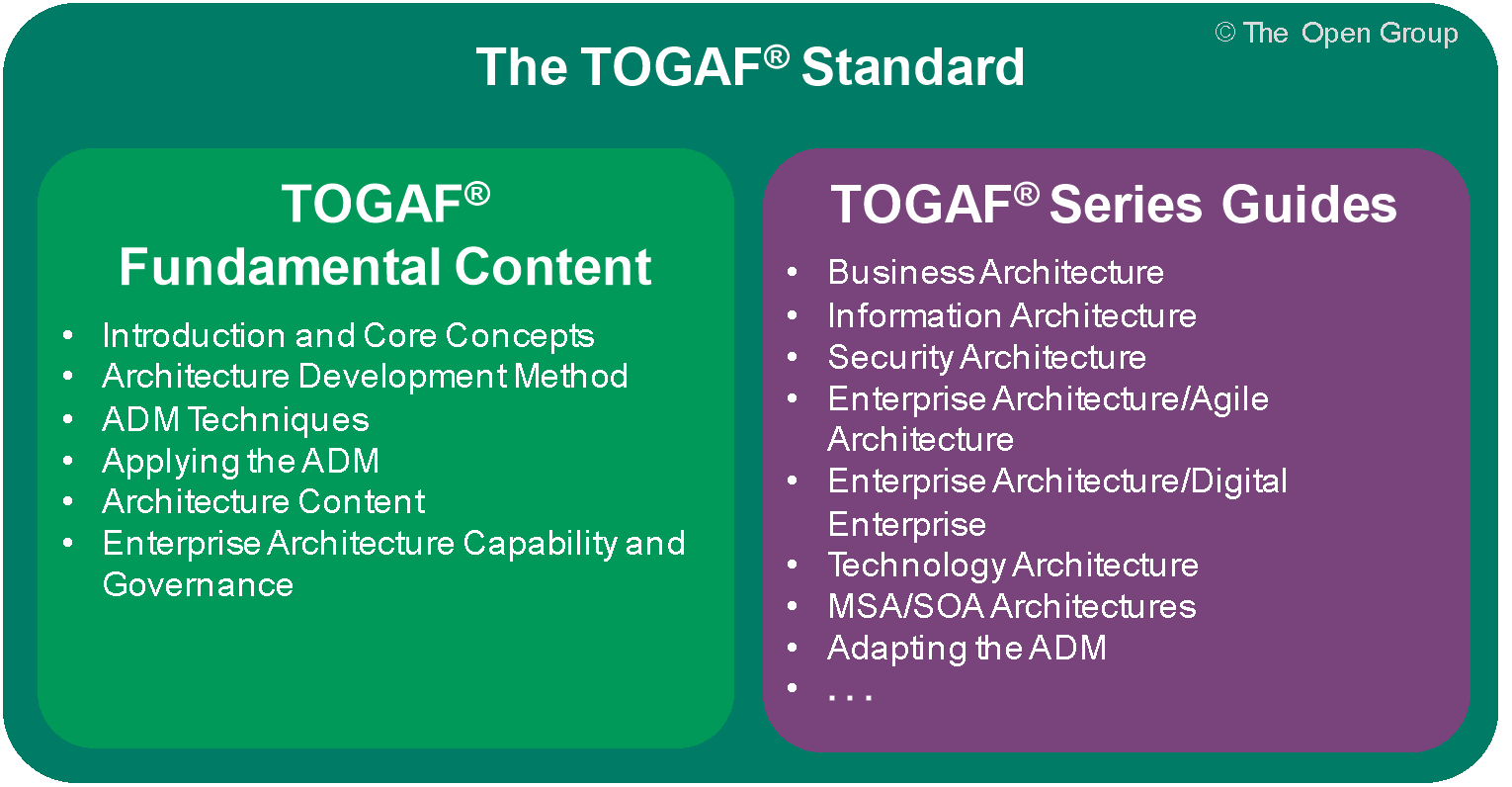TOGAF 10: The Next Level of Enterprise Architecture Framework
Introduction to TOGAF 10
The latest version of The Open Group Architecture Framework, known as the TOGAF Standard, 10th Edition, represents a significant advancement in enterprise architecture methodology. Released in 2023, this edition introduces several key enhancements aimed at facilitating the adoption of best practices across various organizations, including businesses of all sizes, government agencies, and non-governmental organizations.
What’s New in TOGAF 10?
TOGAF 10 is designed to provide comprehensive guidance on enduring, universal concepts and proven best practices, alongside emerging ideas that can keep organizations at the forefront of their industries. Here are some of the notable features of the 10th Edition:

Expanded Guidance and How-To Material
The 10th Edition offers greatly expanded resources that help organizations operate more efficiently and effectively. This includes practical guidance applicable across a broad range of use cases, particularly within agile enterprises and digital transformation initiatives.
Balancing Universal Concepts with Customization
One of the standout features of TOGAF 10 is its ability to balance the need for common, universal concepts with detailed configurations tailored to specific organizational needs. This flexibility ensures that enterprises can adopt a standardized framework while adapting it to their unique contexts.
Modular Document Structure
The 10th Edition is divided into two main parts:
- TOGAF Fundamental Content: This section provides the essential scaffolding necessary for any enterprise architecture initiative.
- TOGAF Series Guides: These guides offer tailored advice on configuring the fundamental content to meet specific requirements, covering areas such as business, information, security, enterprise, agile, digital, and technology architecture, as well as MSA/SOA architectures.
The modular format simplifies navigation, allowing architects to easily identify which Series Guides are relevant to their specific business needs while also recognizing parts of the framework that may not apply to their current enterprise architecture environment.
Emphasis on Agile Methodologies and Digital Transformation
TOGAF 10 places a stronger emphasis on agile methodologies and digital transformation, facilitating flexibility in addressing technical needs. This focus on modern practices reflects the evolution of the enterprise architecture landscape, ensuring that TOGAF remains relevant and effective in today’s fast-paced business environment.
Core Values of Consistency, Openness, and Efficiency
Despite these updates, TOGAF 10 maintains its core values of consistency, openness, and efficiency. The framework has been carefully refined to ensure that organizations can implement it in a way that aligns with these principles, thereby maximizing the potential benefits of enterprise architecture.
Conclusion
The TOGAF Standard, 10th Edition, provides improved guidance and resources that empower organizations of all types and sizes to adopt best practices for enterprise architecture. With its streamlined, modular format and an emphasis on agile methodologies and digital transformation, TOGAF 10 equips enterprises to navigate the complexities of modern architecture while staying up-to-date with emerging ideas and technologies. By embracing TOGAF 10, organizations can enhance their architectural practices and better support their stakeholders and overall business objectives.

